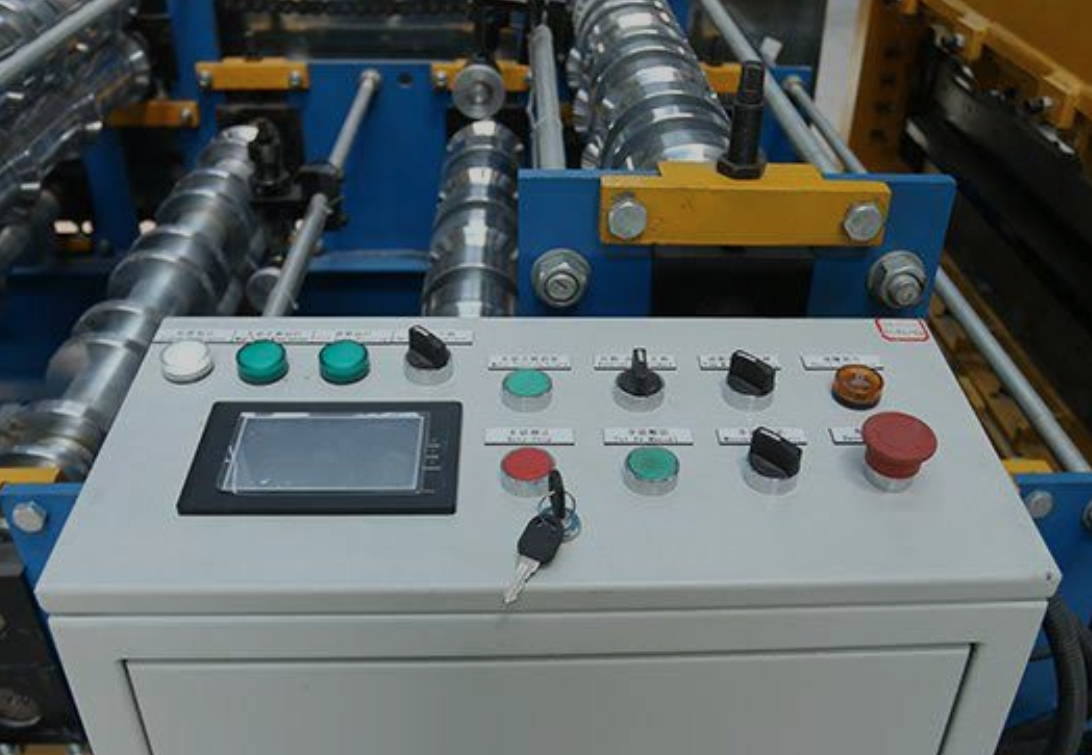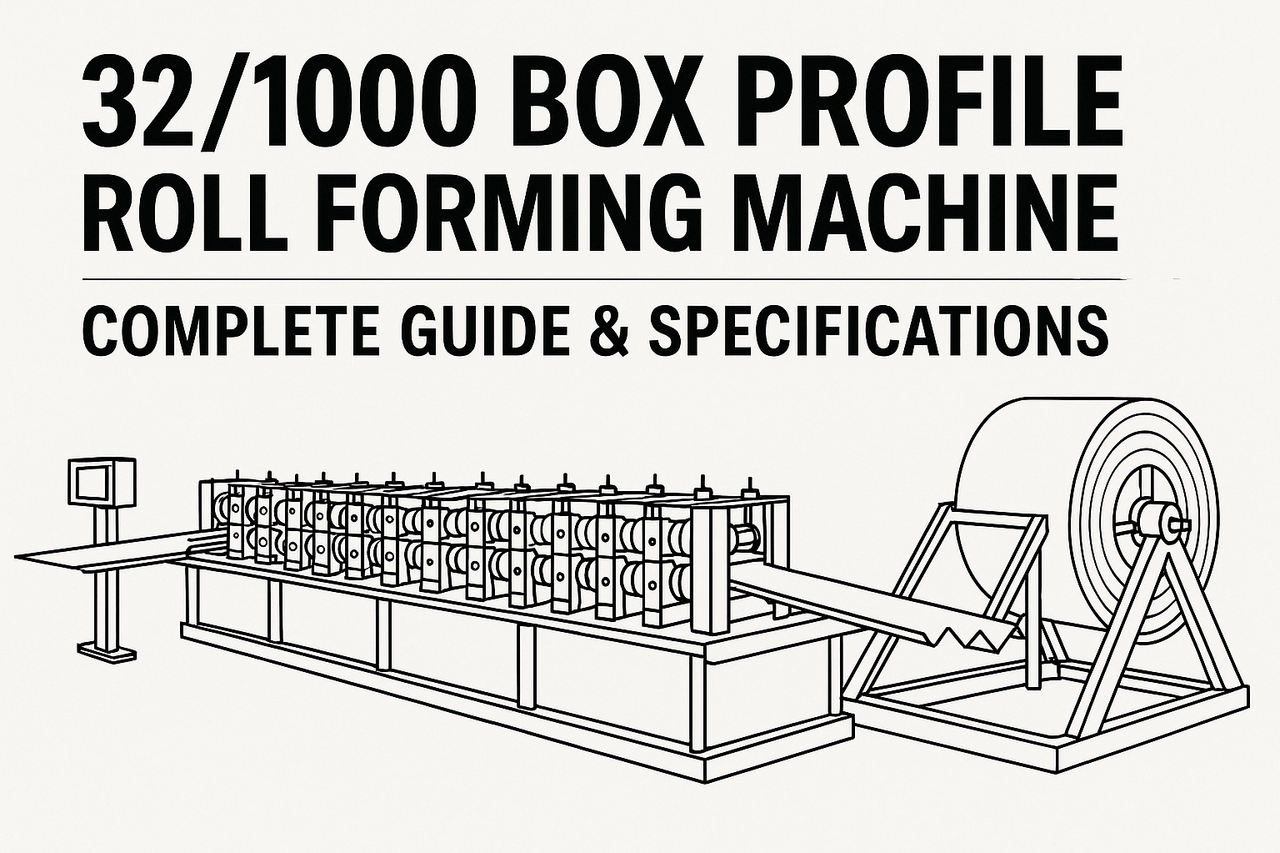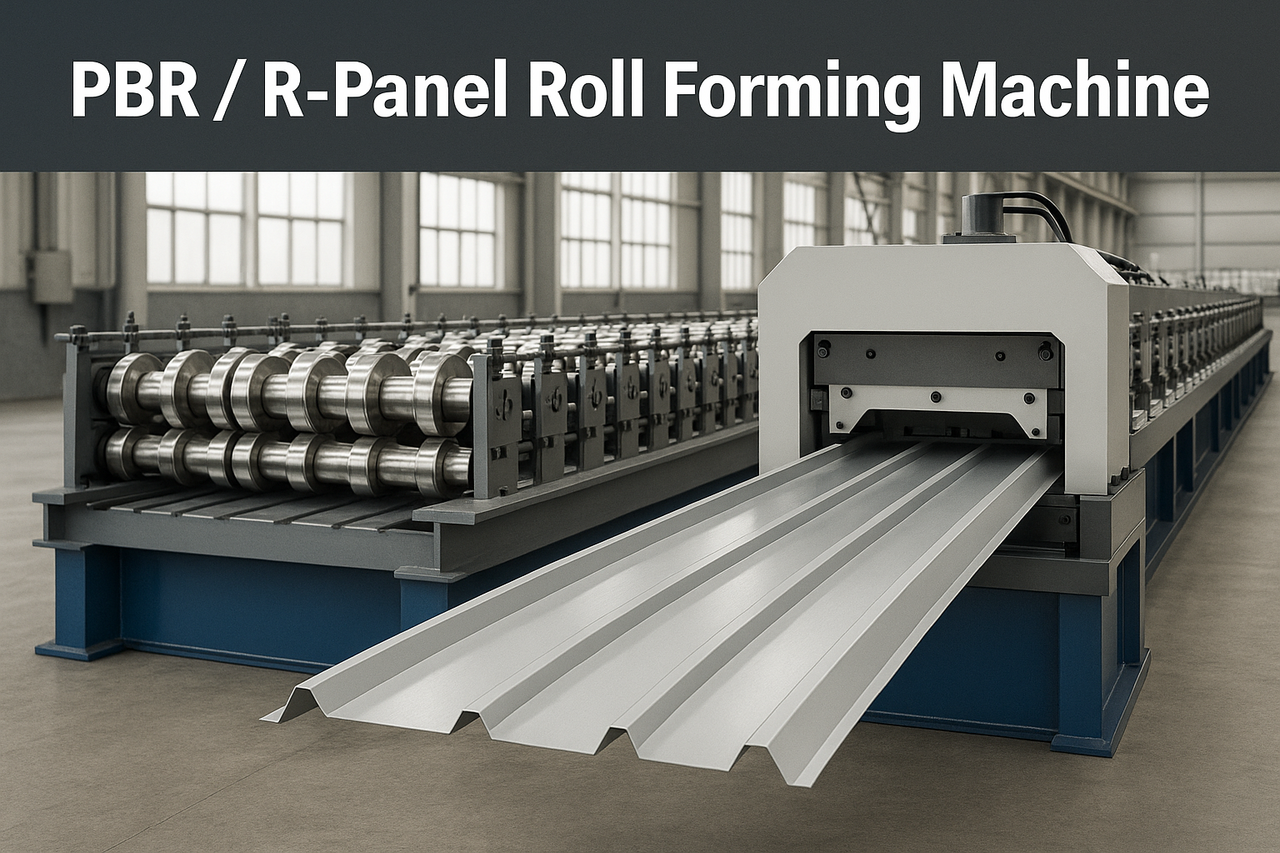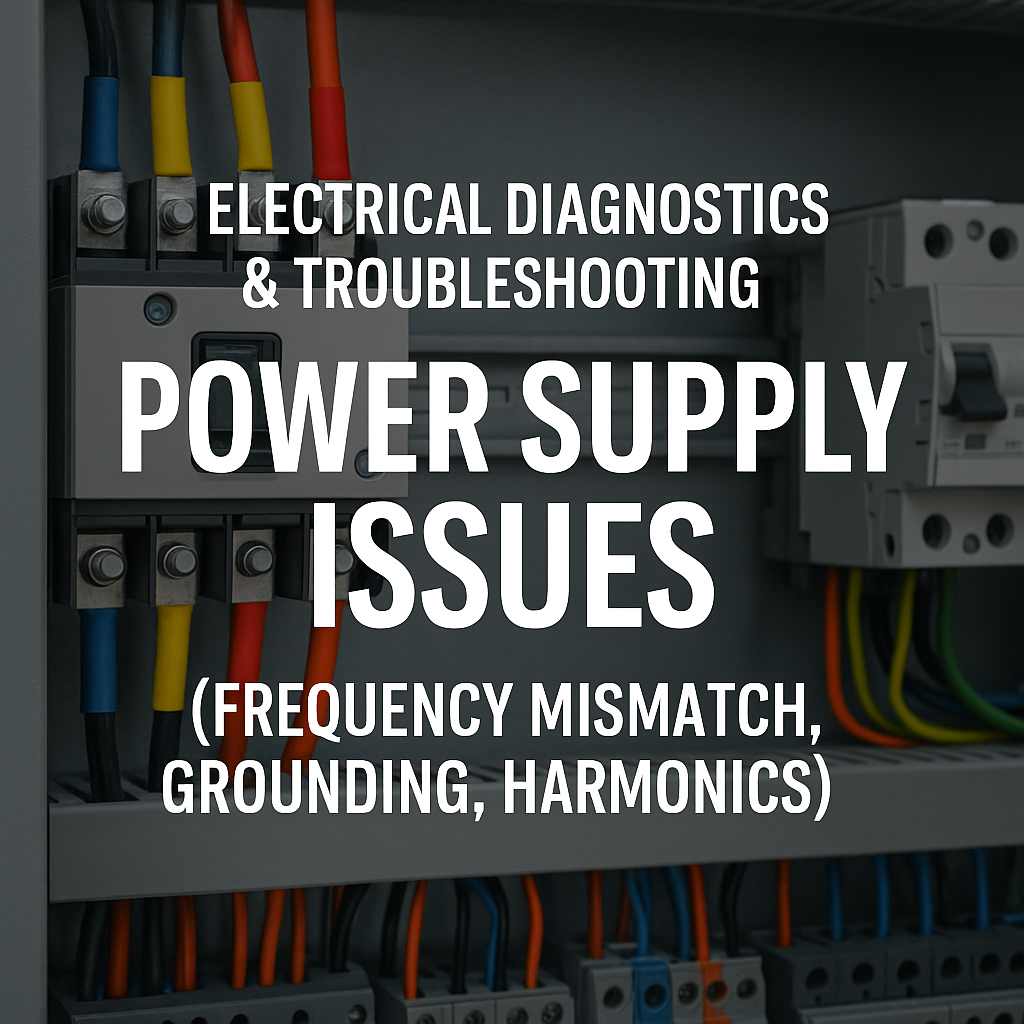
Posted on Monday, May 26, 2025
When it comes to modern roll forming machines, the PLC (Programmable Logic Controller) control panel is the brain behind smooth and precise operation. From profile length control to automatic cutting, coil feeding, and fault detection, the PLC integrates all machine functions into a centralized system. Setting it up properly is essential for efficiency, accuracy, and safety.
In this blog, we’ll walk you through the essentials of setting up a PLC control panel for your roll forming machine — including wiring, configuration, and best practices.
The PLC is more than a control unit — it’s the command center for your entire production process. A properly configured PLC system enables:
Accurate profile lengths
Automatic adjustments for different profiles
Real-time monitoring and fault alerts
Improved operator interface (via touchscreens/HMIs)
Reduced downtime
Whether you're installing a new roll forming line or upgrading an existing one, careful attention to the PLC setup will pay off in productivity and reliability.
Start by selecting a PLC system that matches the complexity of your roll forming line. Leading brands include Siemens, Mitsubishi, Delta, and Omron. Consider:
Number of I/Os needed
Compatibility with servo and hydraulic systems
Communication protocols (Modbus, Ethernet/IP, CANopen, etc.)
HMI (Human Machine Interface) compatibility
Tip: For advanced lines with punching, notching, and flying cutoff systems, choose a high-speed PLC with motion control capabilities.
Your panel should include:
Main PLC unit
HMI touchscreen
VFDs (Variable Frequency Drives) for motors
Servo motor drivers
Relays, circuit breakers, fuses
Terminal blocks
Emergency stop system
Use industrial panel design software like EPLAN or AutoCAD Electrical to create a clear and scalable layout.
Use shielded cables for signals and motor connections.
Maintain proper grounding to reduce electrical noise.
Label all terminals and wires for easy troubleshooting.
Separate high-voltage and low-voltage wiring paths.
Safety Note: Always follow your country’s electrical safety codes and standards.
Connect the HMI to the PLC using the appropriate communication protocol. Configure the interface to display:
Profile selection and length input
Machine speed control
Live operation status
Alarm/fault messages
Maintenance alerts
The HMI allows operators to adjust machine settings quickly without needing to access the PLC directly.
This is where your machine logic comes to life. Use the manufacturer’s software (e.g., Siemens TIA Portal, Delta WPLSoft, Mitsubishi GX Works) to program sequences such as:
Material feeding
Servo-based punching or notching
Cut-to-length logic
Stacker synchronization
Safety interlocks
Include timers, counters, and emergency stop logic. Simulate before uploading the program to the hardware.
Run dry tests (no coil loaded) to ensure proper I/O response.
Test each motor and actuator from the HMI.
Calibrate sensors (encoder, proximity, limit switches).
Verify length accuracy and cut timing.
Adjust servo PID settings if needed for precise motion.
Save backup copies of your PLC and HMI programs.
Document wiring diagrams and settings.
Train operators on HMI use and basic fault troubleshooting.
Use password protection to prevent unauthorized changes.
Schedule routine maintenance for the control panel and components.
| Problem | Possible Cause | Solution |
|---|---|---|
| Inaccurate profile lengths | Encoder misalignment or error | Check encoder and calibrate again |
| HMI not responding | Communication error | Check protocol settings and cable |
| Machine not starting | Safety interlock not satisfied | Inspect door switches and e-stop |
| Motor jerking or stalling | Faulty drive or wrong parameters | Recheck VFD/servo settings |
The unit of measurement (mm/cm vs. inches/feet) used in the PLC/HMI is determined by the buyer’s country or region:
| Region/Country | Common Unit System |
|---|---|
| USA, Canada | Inches (Imperial) |
| UK (some sectors) | Inches (Imperial) |
| Europe (Germany, France, etc.) | Millimeters (Metric) |
| Australia, New Zealand | Millimeters (Metric) |
| Middle East (UAE, Qatar) | Millimeters (Metric) |
| Asia (India, Vietnam, China) | Millimeters (Metric) |
| South America (Brazil, Colombia) | Millimeters (Metric) |
| Africa (Nigeria, Egypt, South Africa) | Millimeters (Metric) |
The PLC control panel is the nerve center of your roll forming line. A professional setup ensures your machine operates at peak performance — with less downtime, fewer defects, and greater flexibility. If you’re upgrading or installing a new machine, it’s worth investing in high-quality components, a clear control layout, and robust programming logic.
For help setting up your roll forming machine’s PLC panel, or to explore new or used machines with advanced automation, contact us at Machine Matcher — we help match the right machines with buyers in over 170 countries.

32/1000 Box Profile Roll Forming Machine – Complete Guide & Specifications
Posted on Sunday, November 16, 2025
High-performance 32/1000 box profile roll forming machine for roofing and cladding. Full specifications, profiles, applications, pricing

PBR / R-Panel Roll Forming Machine – Complete Guide & Specifications
Posted on Sunday, November 16, 2025
PBR / R-Panel roll forming machine for roofing and wall cladding. Full specs, profiles, applications, pricing, and global buying guide. Built to order.

Posted on Sunday, November 16, 2025
How to Diagnose and Fix the Hidden Electrical Problems That Cause Downtime
Copyright 2025 © Machine Matcher.